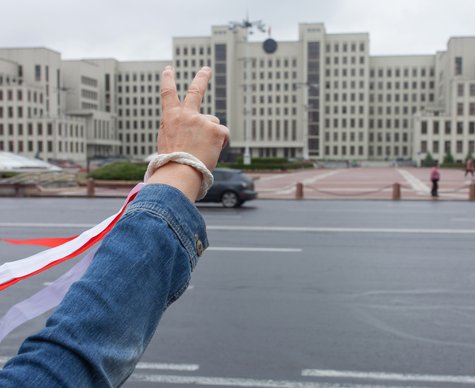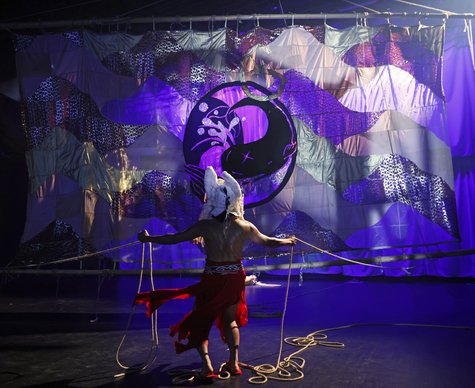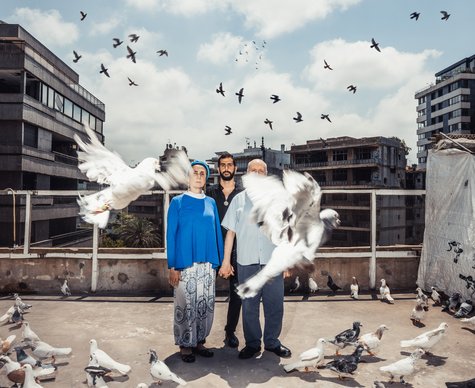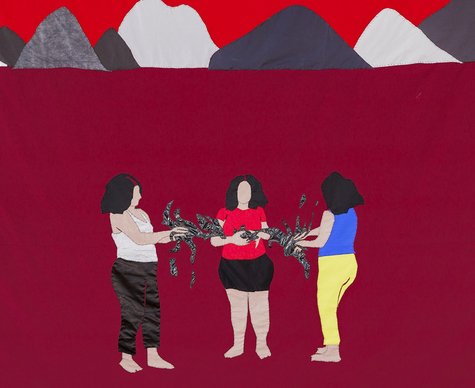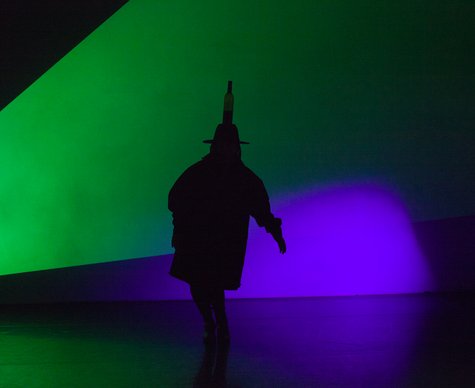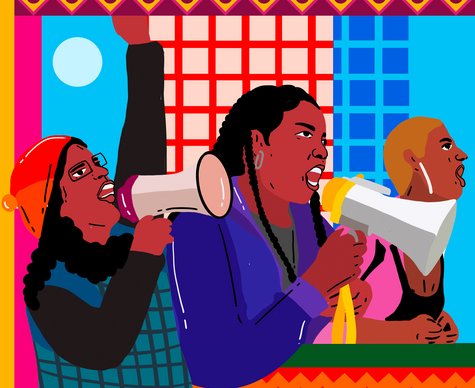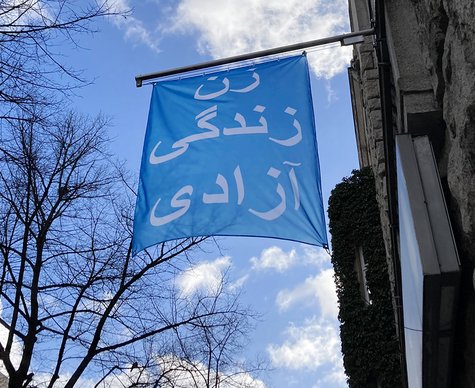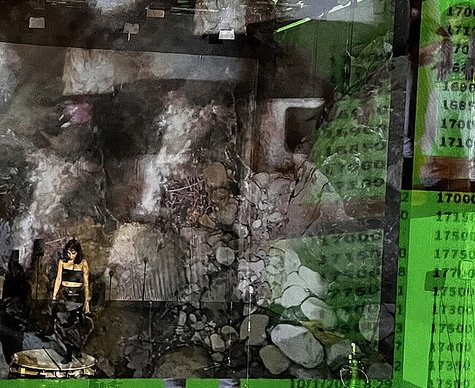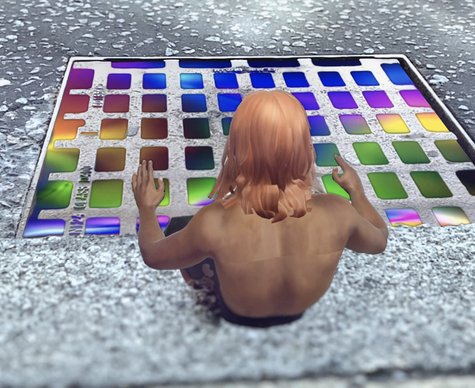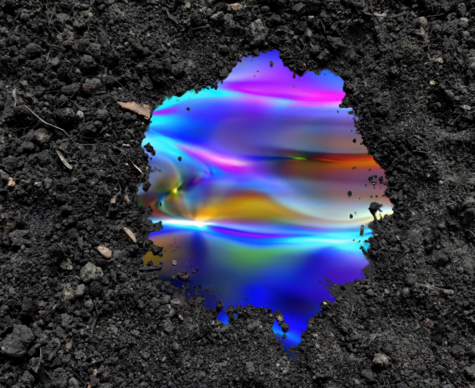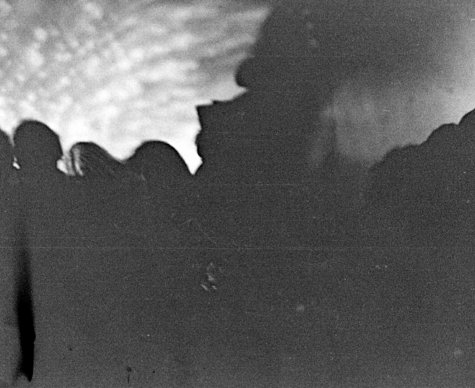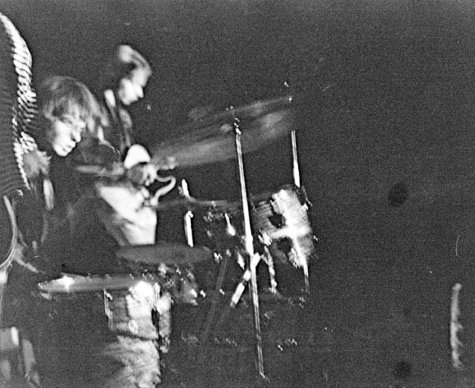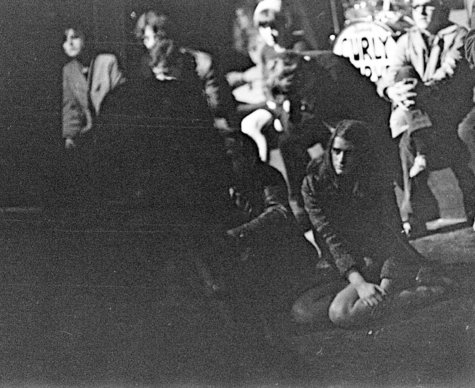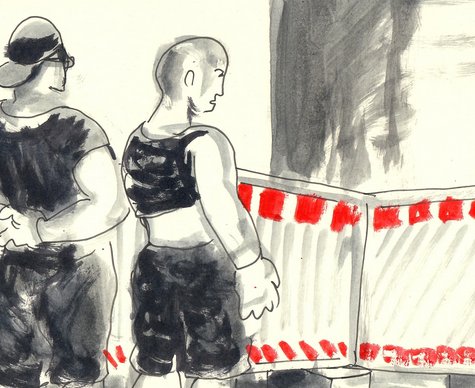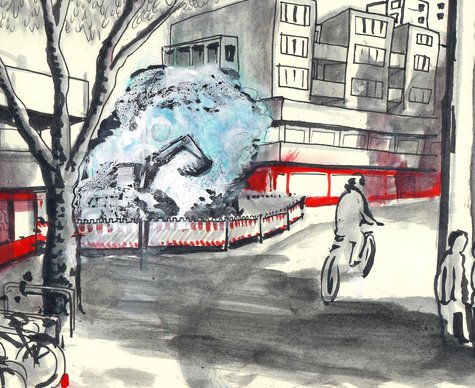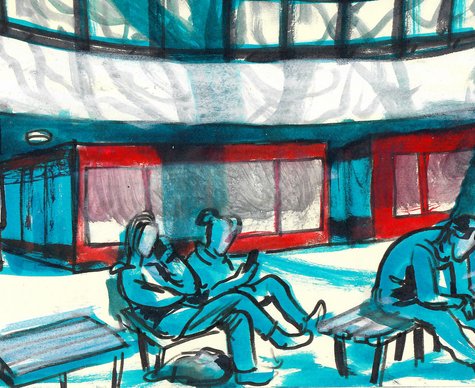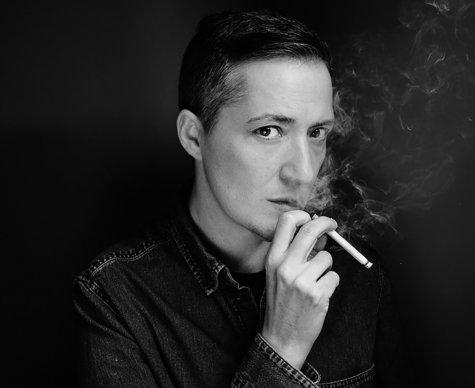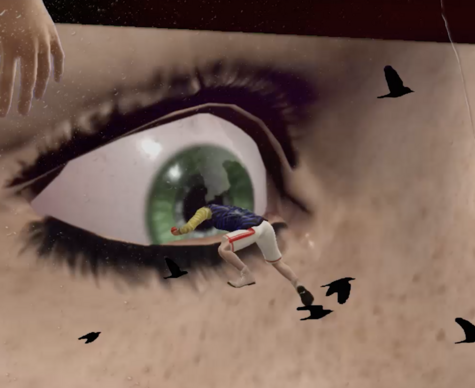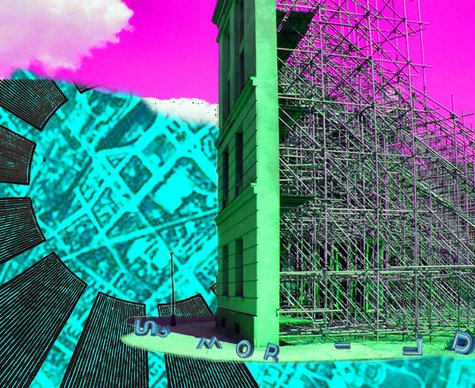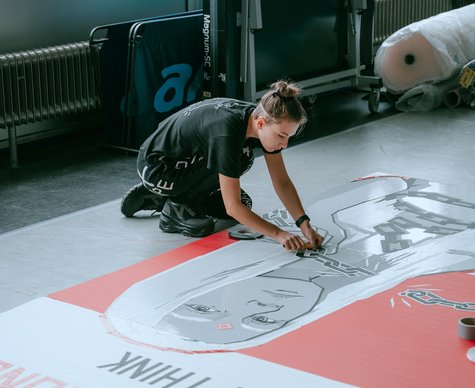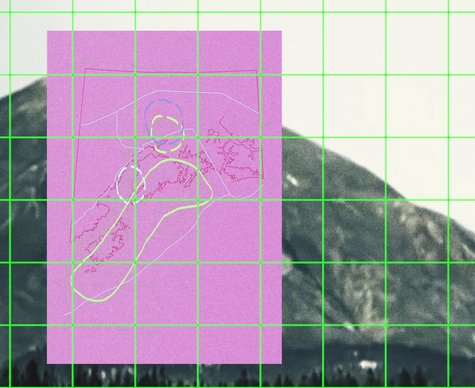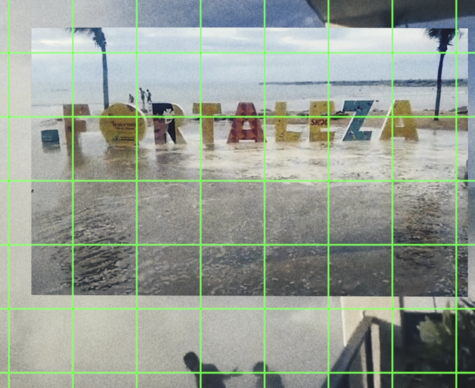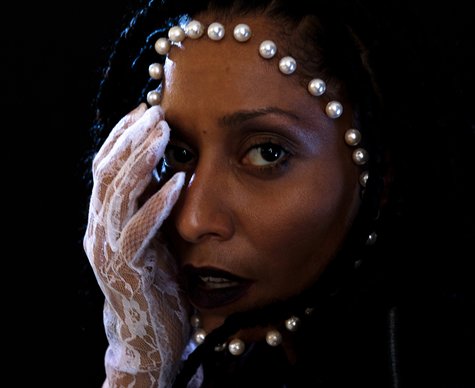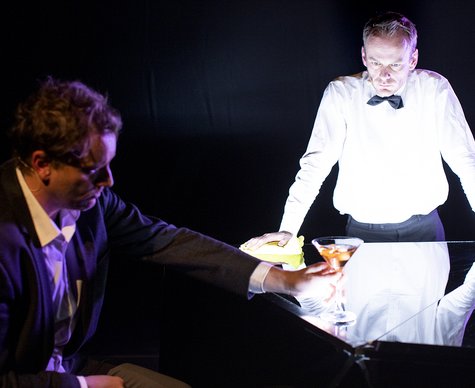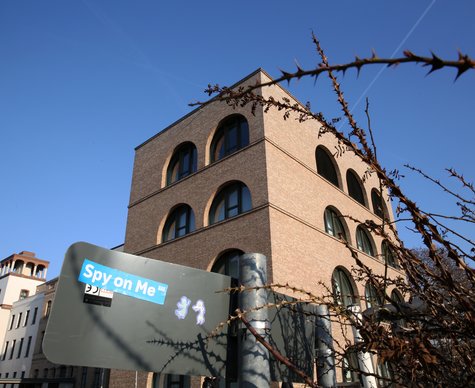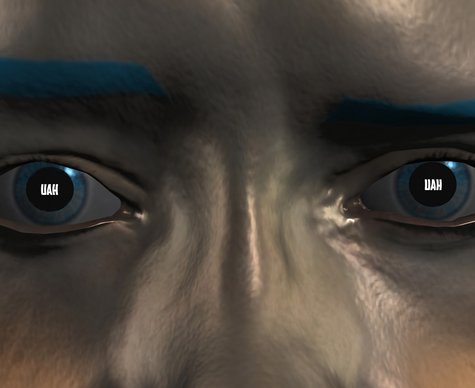Gabriele Brandstetter, Marcus Steinweg und Joseph Vogl
KHAOS – A Debate about (Dis-)Orientation
- Dialogue
For health reasons Jean-Luc Nancy unfortunately will not be able to attend the debate.
As an additional event to Laurent Chétouane's dance piece "KHAOS" on November 13 a debate will take place before the event:
For a brief historical moment hopes were placed on chaos. The 1980s saw the creation of the “Chaos Days” and of “Chaos Computer Clubs”. Punks and hackers believed in the power of disorder to lead to peace, while police, interior ministries, and mass media sought to curb the chaotics.
What was not visible at first glance: in the process of institutionalization, not only the Hacker Club, but also the Chaos Days had already taken on established forms of German club structure. And in reverse: bourgeois society itself has adhered to something deeply chaotic ever since. The “uninterrupted disturbance” of all social conditions, the “constant revolutionising” of the relations of production are formative qualities of the bourgeois epoch, or at least they are according to the diagnosis in the “Communist Manifesto”: “eternal insecurity and agitation”.
Today it is a question of taking chaos as a given dimension – accepting it as threatening and wresting something productive out of it, as much as is possible. Following the ideas that Gilles Deleuze and Félix Guattari propose in their last collaborative book, the three disciplines of philosophy, science, and art are in a position to draw “levels” through the chaos. Without the romanticizing idea of the liberated punk and repressive order, without the unrealistic denial of the sustainability of capitalist economics, philosophy, science, and art withdraw into adversarial chaos – in order to wrest terms, formulas or compositions from it. “Chaosmos” is the word that Deleuze and Guattari invented for the results of this struggle, a word in which the traditional opposition between chaos/cosmos is intermingled.
But how can the work of philosophy, science and art be conceived as “chaoid”. How can this be achieved concretely? Gabriele Brandstetter, Marcus Steinweg and Joseph Vogl set out to look for levels in the chaos.
Dates
Credits
Presented within the framework of House on Fire with support of the Cultural Programme of the European Union.
Location
HAU2
Hallesches Ufer 34, 10963 BerlinThere are two marked parking spots in front of the building. Barrier-free restroom facilities are available. Four relaxed seats are available in the first row of HAU2. Tickets for wheelchair users and accompanying persons can also be booked via the ticketing system. If you need help, please contact our Ticketing & Service team at +49 (0)30 259004-27 or send us an email to
tickets@hebbel-am-ufer.de.
Latest information for arrival:
There is currently a construction site on Hallesches Ufer between Wilhelmstraße and Möckernbrücke underground station. There is a divided replacement route for pedestrians (right) and cyclists (left), which are separated by a yellow ground line. The carriageway is narrowed to one lane.
Travelling to HAU2 via U Hallesches Tor:
If you are coming from Hallesches Tor underground station, you will have to use an alternative footpath from Wilhelmstraße / Hallesches Ufer junction, which is separated from the carriageway by a construction fence – the actual footpath is currently closed. Please note: the alternative route is also used by cyclists. Pedestrians should keep to the right. We therefore currently recommend that visually impaired or blind visitors come to the HAU with an accompanying person.
Arrival HAU2 via U Möckernbrücke:
When you leave Möckernbrücke underground station, please stay on the footpath on the canal side until you reach Hallesches Ufer / Großbeerenstraße junction – the opposite side is currently closed due to construction work.
























